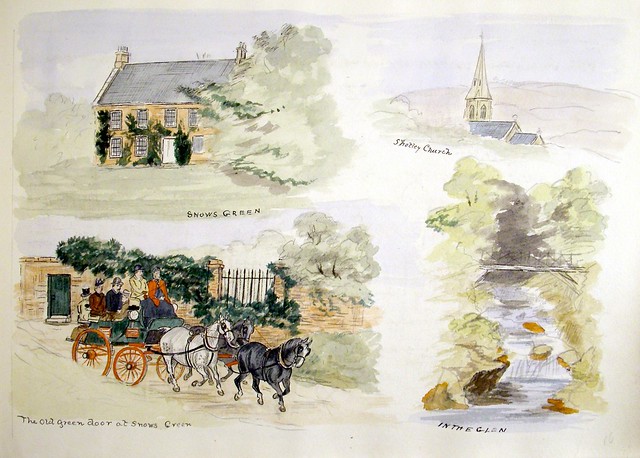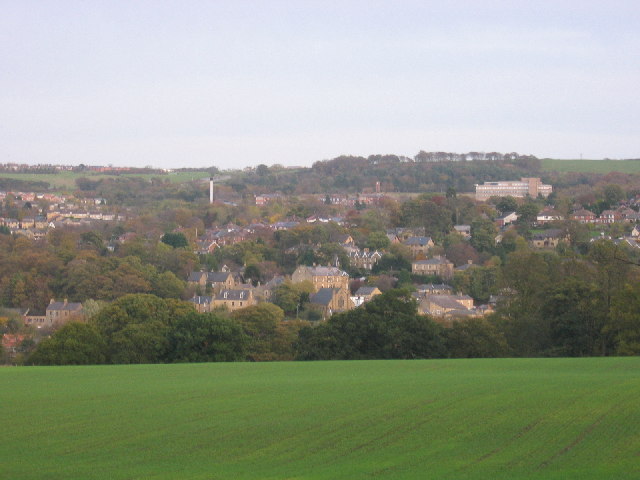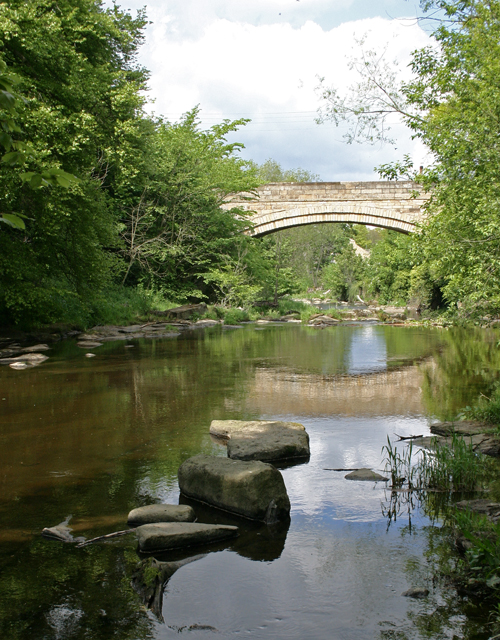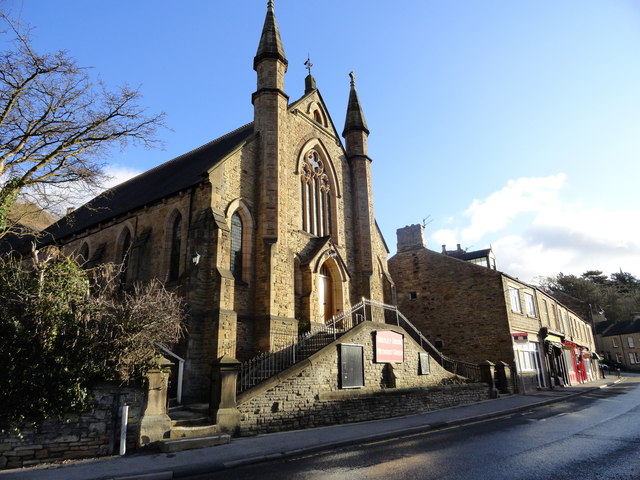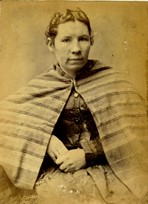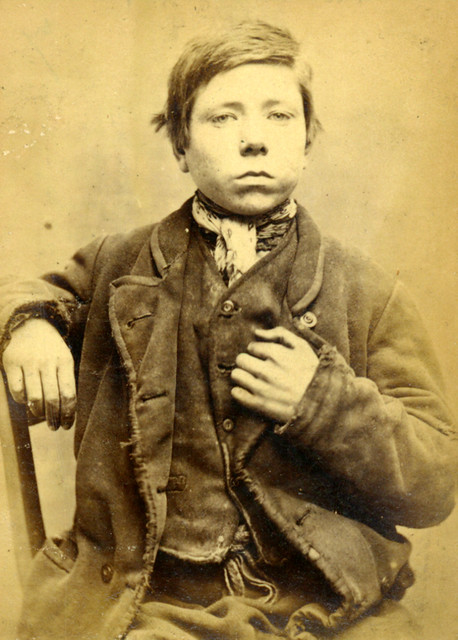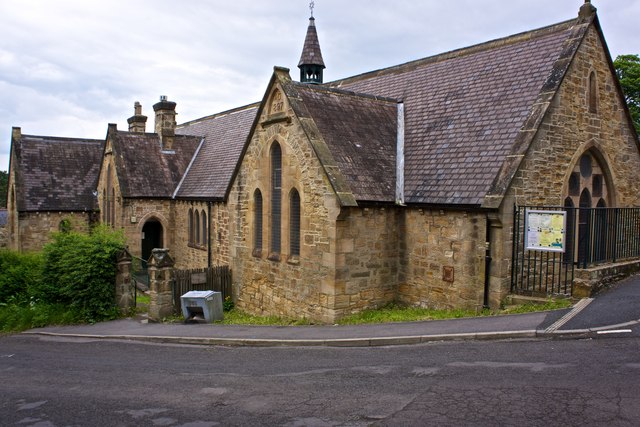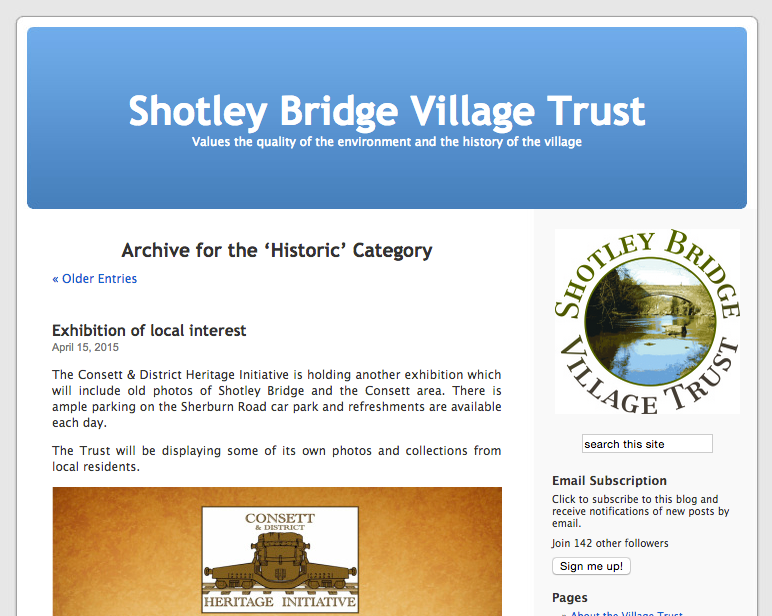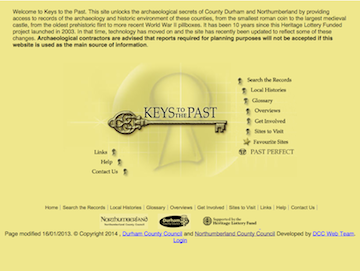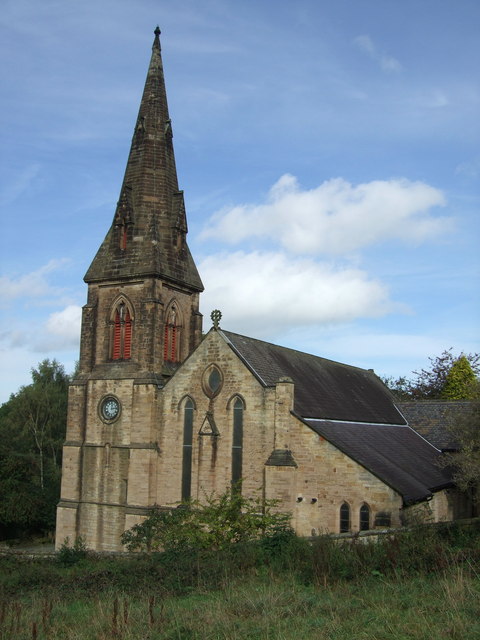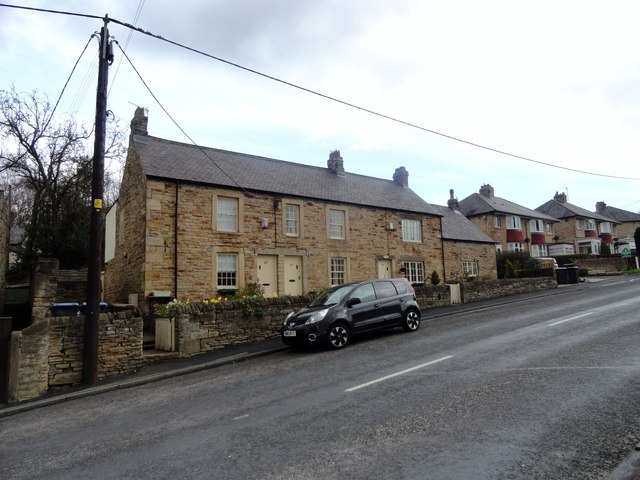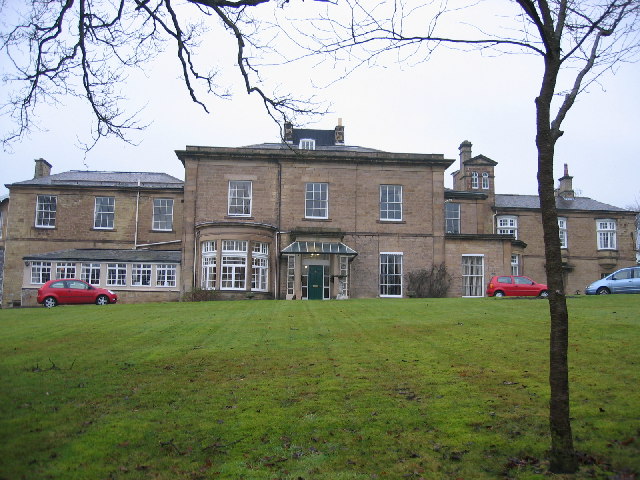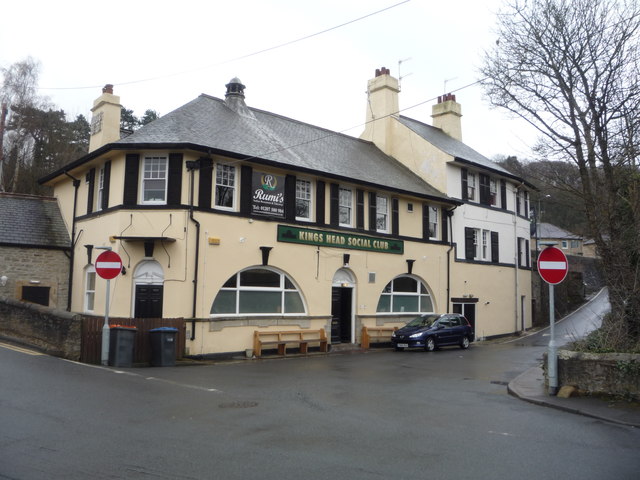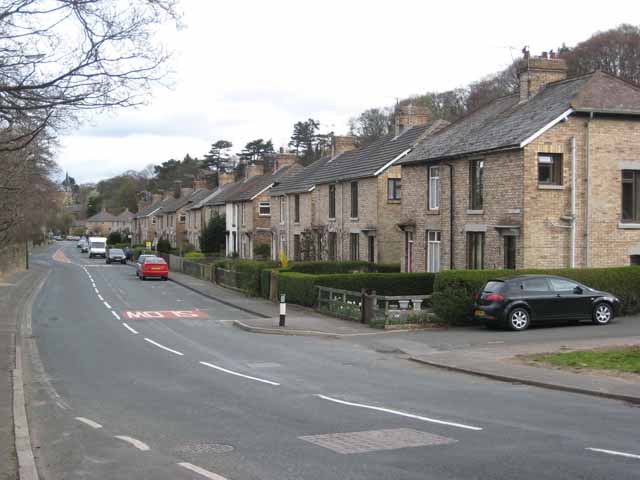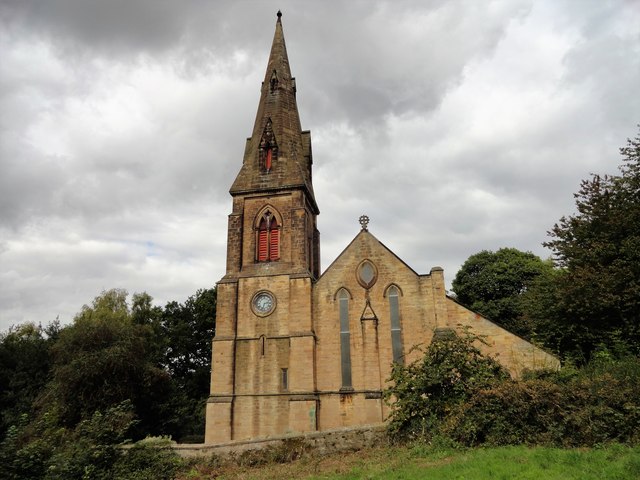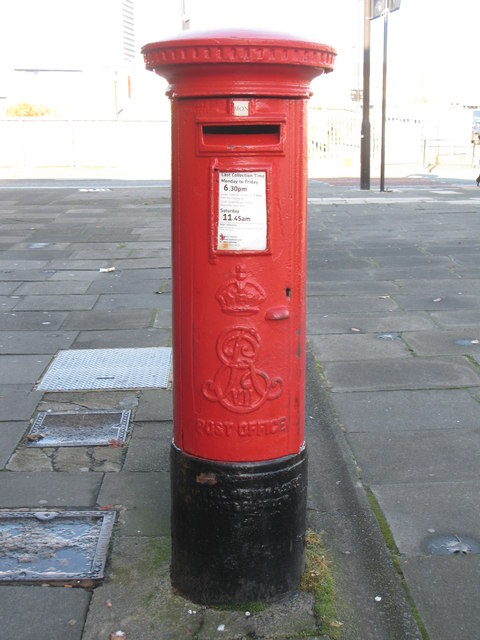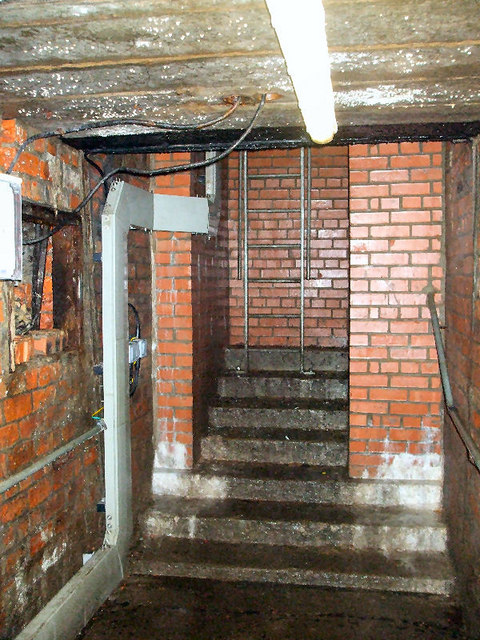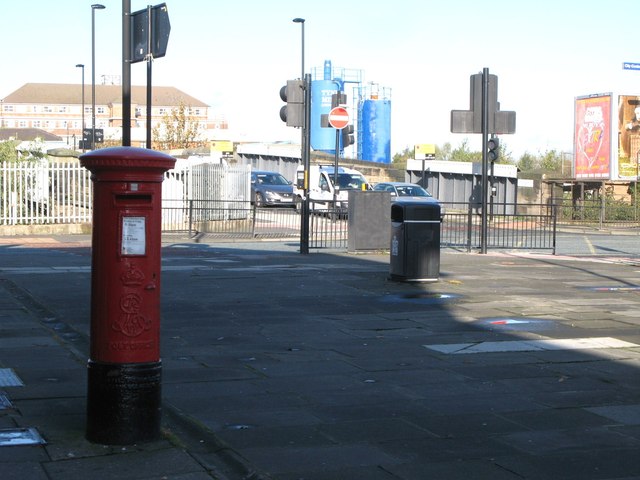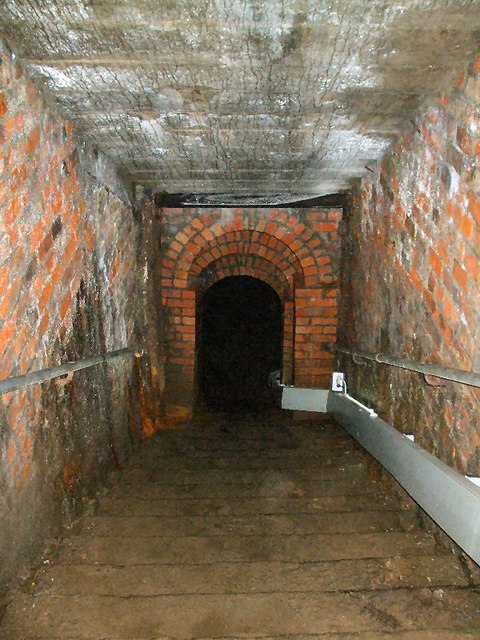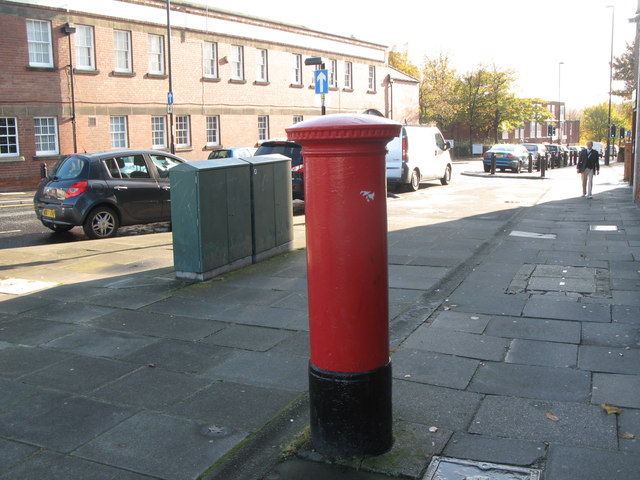Topics > County Durham > Shotley Bridge
Shotley Bridge
Shotley Bridge is a village in the Derwent Valley, adjoining the town of Consett in County Durham, England. Shotley Bridge was once the heart of Britain's swordmaking industry.
History
The origins of swordmaking here dated from 1691. A group of Lutheran swordmakers from Solingen in Germany settled in Shotley Bridge, allegedly in order to escape religious persecution, though in practice their departure was prompted by their breaking of guild oaths. Shotley Bridge was probably chosen because of the rich iron deposits in the area and because of the fast flowing waters of the River Derwent, providing hydraulic power for hammers and grinders. Another factor may have been the remoteness of the area, as the swordmakers were keen to preserve their trade secrets, those that they had illegally taken with them from Germany. The swordmakers were able to employ the services of the famous local engraver Thomas Bewick. Swords are no longer made in the Shotley Bridge district. Before the last remaining cottages occupied by the swordmakers were torn down, there was an inscription over the door of one reading "Das Herren segen machet reich ohn alle Sorg wenn Du zugleich in deinem Stand treu und fleissig bist und tuest alle vas die befolen ist". This is from the Lutheran belief code and means that God's benefits will be given without reserve to those who stand firm in their belief no matter what happens.
Infrastructure
Today, the village is best known for the local hospital, which was a major centre for medical care in North East England until the opening of the University Hospital of North Durham in 2001, when its size and services were scaled back.
Parts of the hospital are now disused and are in the process of being demolished. The majority of the hospital was demolished by 2005 and the land stood vacant for some time before being purchased by Storey Homes in 2010. Building work started in December 2011 on the 240 property development which will carried out over 7 years. The village has grown in recent years to accommodate a growing population, with new housing estates by the river Derwent, around the old hospital site and on Queen's Road under construction. Old mill buildings by the river are being converted into housing.
Attractions
Notable buildings include the Gothic town hall, St Cuthbert's Church, designed by John Dobson, and many pretty sandstone cottages. The village is set in very attractive countryside, surrounded by woodland. Shotley is believed to be a corruption of Scotley and is thought to mean the ley, or woodland clearing of a Scotsman or clearing where pigeons are to be found. The name Derwent comes from Brythonic/Old Welsh and means "oak river".
Shotley bridge Park is a huge attraction for all ages with huge sets of mountain bike jumps and some swings.
Notable people
England Test cricketer Paul Collingwood played for Shotley Bridge Cricket Club in his youth. Professional footballer Ben Clark was also born in Shotley Bridge as was England Rugby Union international Mathew Tait.
Amenities
The village centre has a number of small businesses including the Crown and Crossed Swords pub which has a traditional bar with open fires, as well as a more formal dining area. The linoleum floor covering in the bar of the Crown and Crossed Swords is of national importance, and the remaining fragments are thought to date to the early 1790s. There is a large Italian restaurant, Sale Pepe, which offers pizza and pasta dishes. A large Beauty and Holistic salon, a hairdresser, boutique, bridal store and photography studio are also situated on the front street of Shotley Bridge.
It is possible to walk along the river banks in a circular route, with the option of crossing over at one of several small footbridges.
Visit the page: Shotley Bridge for references and further details. You can contribute to this article on Wikipedia.

from Newcastle libraries (flickr)
038779:Lewis Priestman, Shotley Bridge Area, Evening Chronicle c.1930/31
Pinned by Simon Cotterill
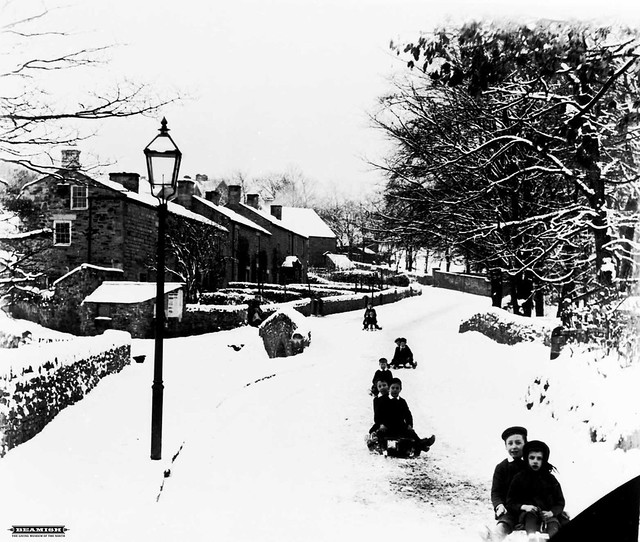
from Beamish (flickr)
Children sledging at Snows Green, Shotley Bridge, Winter 1903
Pinned by Simon Cotterill
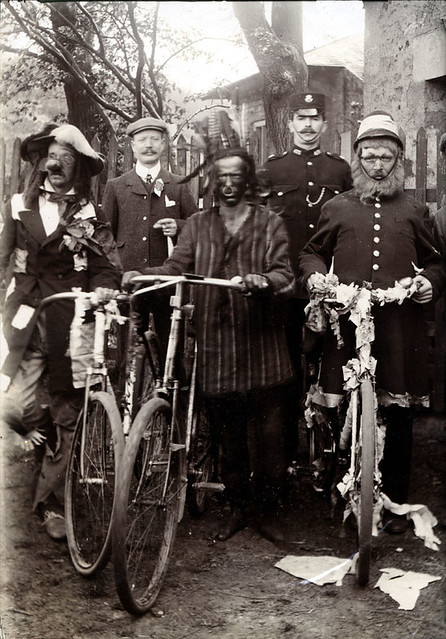
from Beamish (flickr)
Group of cyclists wearing fancy dress, Shotley Bridge area.
Pinned by Simon Cotterill

from http://www.durham.gov.uk/medi…
Conservation Area Appraisal - Shotley Bridge (2009)
- "...The earliest reference to a parish by
the name of Shotley is considered to
be 1165, when the endowment of
Blanchland Abbey included a chapel of
Shotley. However, the first …
Added by
Simon Cotterill

from http://www.rapper.org.uk/arch…
The German Sword Makers of Shotley Bridge
- "Shotley Bridge, on the south bank of the Derwent, is
said to have been founded by a German colony. “At
Shotley Bridge,” we read in Surtees’s History of Dur-
ham, …
Added by
Simon Cotterill


from Newcastle libraries (flickr)
038779:Lewis Priestman, Shotley Bridge Area, Evening Chronicle c.1930/31
Pinned by Simon Cotterill

from Beamish (flickr)
Children sledging at Snows Green, Shotley Bridge, Winter 1903
Pinned by Simon Cotterill

from Beamish (flickr)
Group of cyclists wearing fancy dress, Shotley Bridge area.
Pinned by Simon Cotterill

from http://www.durham.gov.uk/medi…
Conservation Area Appraisal - Shotley Bridge (2009)
- "...The earliest reference to a parish by
the name of Shotley is considered to
be 1165, when the endowment of
Blanchland Abbey included a chapel of
Shotley. However, the first …
Added by
Simon Cotterill

from http://www.rapper.org.uk/arch…
The German Sword Makers of Shotley Bridge
- "Shotley Bridge, on the south bank of the Derwent, is
said to have been founded by a German colony. “At
Shotley Bridge,” we read in Surtees’s History of Dur-
ham, …
Added by
Simon Cotterill

